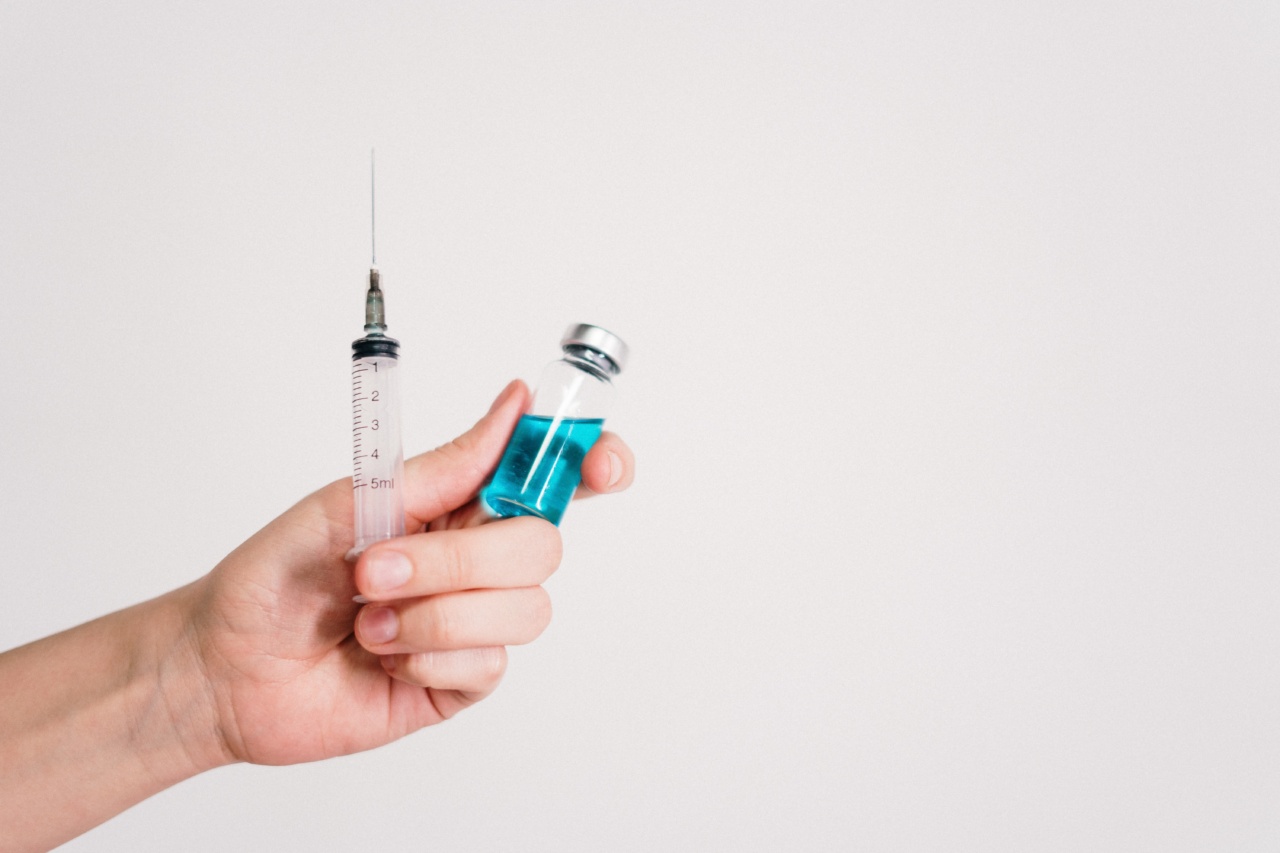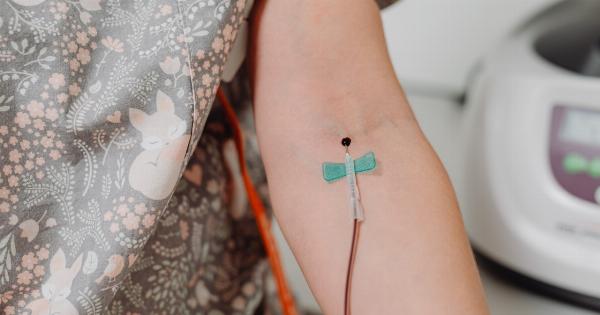Peripheral syringe is a medical condition that affects the peripheral nervous system, causing pain, numbness, tingling, and muscle weakness in the limbs. It is a common condition that can significantly impact a person’s quality of life.
In this article, we will explore the need for effective treatment options for peripheral syringe and discuss potential cures.
Understanding Peripheral Syringe
Peripheral syringe, also known as peripheral neuropathy, refers to damage or dysfunction in the peripheral nerves. These nerves are responsible for transmitting signals from the brain and spinal cord to the rest of the body.
When the peripheral nerves are damaged, they fail to function properly, leading to various symptoms.
Peripheral syringe can have several causes, including:.
- Diabetes
- Chemotherapy
- Alcoholism
- Vitamin deficiencies
- Infections
- Autoimmune diseases
The Need for Effective Treatment
The symptoms of peripheral syringe can be debilitating and significantly affect an individual’s daily life. The need for effective treatment options becomes crucial to alleviate pain, improve function, and enhance overall quality of life.
However, there are several challenges in identifying the right treatment approach.
Diagnosis and Evaluation
Accurate diagnosis of peripheral syringe is essential for determining the most appropriate treatment plan. A thorough evaluation usually involves:.
- Medical history review
- Physical examination
- Neurological examination
- Nerve function tests
- Blood tests
- Nerve biopsy (in some cases)
Treatment Options
Once a diagnosis is confirmed, the next step is to explore various treatment options. The primary goal of treatment is to address the underlying cause, if possible, and manage symptoms. Some common treatment approaches include:.
1. Medications
Medications may be prescribed to manage pain, reduce inflammation, and control other symptoms associated with peripheral syringe. Common medications include:.
- Nonsteroidal anti-inflammatory drugs (NSAIDs)
- Antidepressants
- Anticonvulsants
- Topical treatments
2. Physical Therapy
Physical therapy can play a crucial role in managing peripheral syringe. A physical therapist can provide exercises and other techniques to improve strength, flexibility, and mobility.
They can also guide individuals on managing symptoms and preventing further nerve damage.
3. Nerve Stimulation
Nerve stimulation therapies, such as transcutaneous electrical nerve stimulation (TENS) or spinal cord stimulation, may be recommended to relieve pain and improve nerve function.
These therapies involve the use of electrical currents to stimulate the nerves and provide relief.
4. Alternative Therapies
Some individuals find relief from peripheral syringe symptoms through alternative therapies, such as acupuncture, massage therapy, and herbal supplements.
While the evidence for their effectiveness varies, it is essential to consult a healthcare professional before trying any alternative therapy.
5. Lifestyle Modifications
Modifying certain lifestyle factors can also help manage peripheral syringe symptoms.
Practicing stress-reducing techniques, maintaining a healthy diet, avoiding excessive alcohol consumption, and managing existing medical conditions can contribute to better symptom control and overall well-being.
Research and Future Treatments
Researchers are continuously exploring new treatment options for peripheral syringe. Some promising areas of research include:.
- Gene therapy
- Stem cell therapy
- Nerve regeneration techniques
While these treatments are still in the experimental stage, they hold immense potential for the future management of peripheral syringe.
Conclusion
Peripheral syringe is a challenging condition that can significantly impact a person’s life. The need for effective treatment options is crucial to alleviate symptoms and improve overall well-being.
With proper diagnosis, evaluation, and a multidisciplinary treatment approach, individuals with peripheral syringe can experience better control over their symptoms and lead a fulfilling life.



























